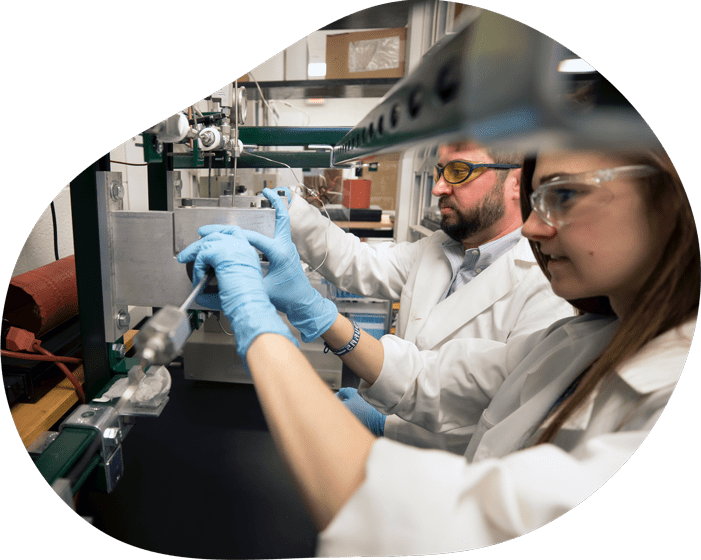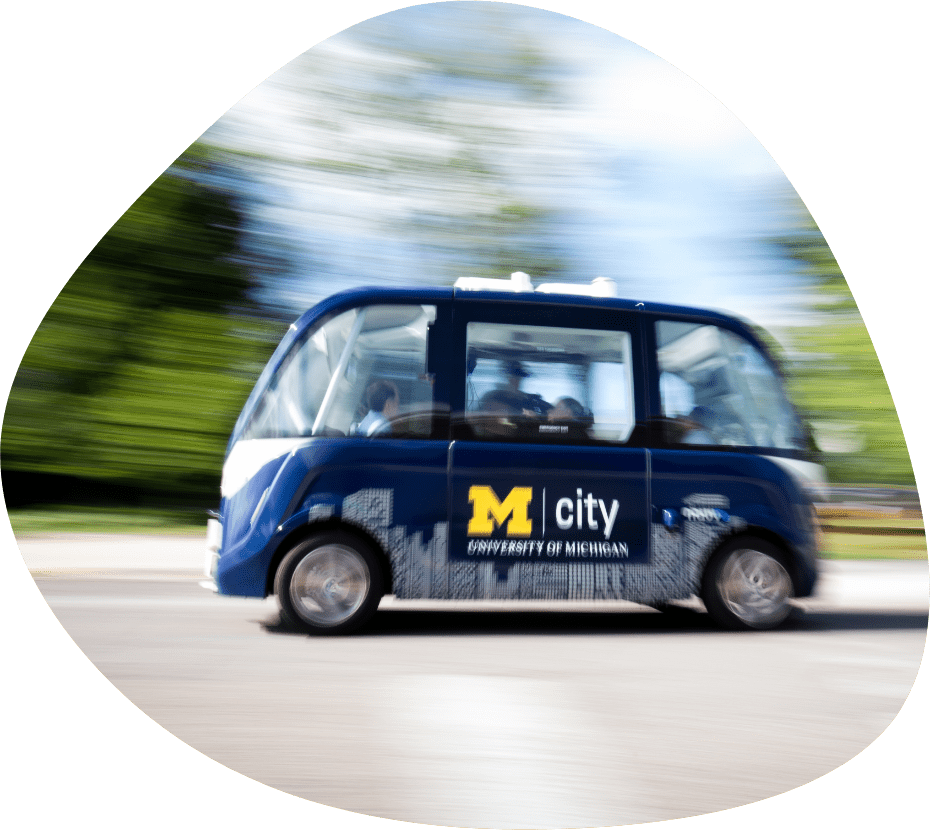
About

This is undoubtedly one of the most exciting times to be in the profession of civil and environmental engineering.
We deal with the design, construction and operation of large-scale infrastructure systems while advancing solutions supporting stewardship of environmental systems. Fundamentally, our profession advances the economic prosperity and quality of life of our society. More than any other engineering discipline, we are in service to society advancing the common good.
Today, the field is at a major crossroads; how we proceed will define us for the remainder of this century and beyond. Technological change is occurring at a breakneck pace, offering a wealth of new tools and methods that will transform our approaches to solving problems. Powerful new sensing technologies and computational platforms are creating opportunities to monitor and model the performance of built and natural environments with unprecedented fidelity, and are shedding new light on pathogens in the environment that threaten public health. These emerging approaches are critical given the massive global challenges now confronting our society including climate change, rapid urbanization, natural hazards, global income disparity and aging infrastructure.
In 2010, our department published Building on Our Legacy: Strategic Directions for the Future, a strategic plan that has informed our investments and growth over the past decade. The plan centered on expanding upon our legacy as a pioneer in science and engineering, by investing in new research and education programs necessary for the field to tackle emerging challenges that were certain to affect our society. The strategic plan especially emphasized a systems perspective, underscoring the importance of the interconnectivity between the components, processes and technologies associated with built infrastructure and natural systems.
Ten years later, after making significant progress in implementing our 2010 plan, we are proud to offer an updated vision and new strategic plan that will better position our profession as the scientific, technological and business leader forming multidisciplinary and diverse teams required to tackle the complex societal grand challenges ahead. Through a process that engaged our faculty, staff, students, alumni and partners, we have identified five strategic directions that will inform our future growth:
Our Five Strategic Directions
In Service to Society
Our new vision recognizes that our discipline’s leadership is urgently needed today. It is essential that our discipline remain the leader in advancing the data-driven frameworks our field will rely on in the future. This leadership is not only critical to managing the risk of domain encroachment by those lacking our hard-earned expertise but is increasingly integral to recruiting the best and most diverse students to enter our profession.
The rapid development of technology in the profession demands our curricula evolve just as fast, if not faster. We are responding to the urgent need to empower graduates with modern curricula; our program is committed to offering not only the technical tools but also the entrepreneurial mindset and notions of social responsibility necessary for them to emerge as the thought leaders of the future, working at the forefront of the profession.
For us to truly advance the state of our discipline, it is also essential that we test new technologies and methods at full-scale in realistic operational environments, and that we engage the public. We are breaking down traditional barriers between laboratory and field to accelerate research into practice by forming new partnerships with industry, government and other stakeholders. Our research is increasingly forming “living laboratories” where we can leverage these new partnerships to validate new frameworks at scale.
Now more than ever, our profession must embrace our role in service to society. The future is undoubtedly bright for civil and environmental engineering, and we are excited by the opportunity to lead the way.
Our Mission
Michigan Engineering provides scientific and technological leadership to the people of the world. We seek to improve the quality of life by developing intellectually curious and socially conscious minds, creating collaborative solutions to societal problems, and promoting an inclusive and innovative community of service for the common good.
Civil and Environmental Engineering at the University of Michigan strives to serve society by enriching habitats and sustaining resources. We leverage our diverse community of scholars to expand the boundaries and accelerate the impact of our profession.
-
Next
Learn More About The Landscape







